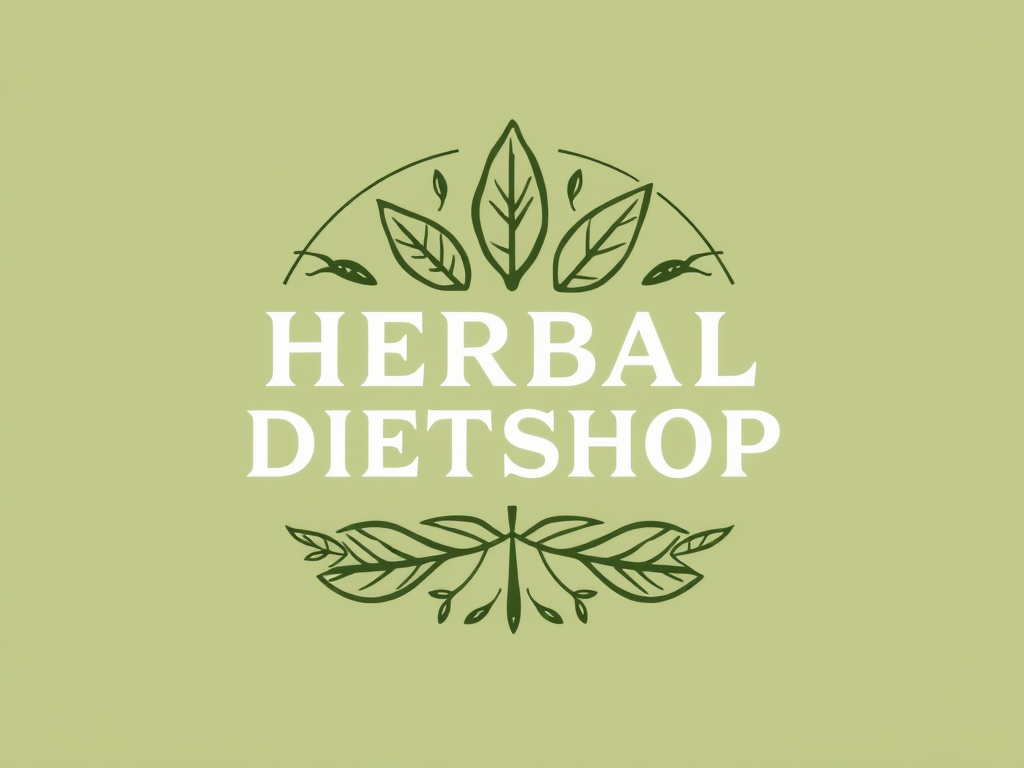Understanding High-Intensity Interval Training (HIIT) for Seniors
High-Intensity Interval Training, or HIIT, is renowned for its efficiency in boosting fitness levels. It involves alternating periods of intense exercise with less intense recovery intervals. For seniors, incorporating HIIT can enhance senior fitness by improving cardiovascular health and aiding in weight management. These health benefits are crucial as they contribute to overall well-being and vitality in older adults.
Seniors embracing HIIT should focus on tailoring the exercise program to fit their individual needs. This means considering personal fitness levels and any existing health conditions. A well-structured program can lead to substantial improvements without risking injury. The beauty of HIIT lies in its adaptability, ensuring that older adults can benefit significantly without high-impact strains.
In the same genre : Boosting Dexterity in UK Seniors 80+: Customized Workouts for Empowerment and Well-Being
Developing a senior-focused HIIT regimen encourages consistent engagement, enhancing both mental and physical health benefits. Regular activity can lead to increased confidence and independence, pivotal aspects of senior lifestyle. It’s essential for seniors to work with professionals who can provide guidance and supervise HIIT sessions, ensuring exercises are performed safely and effectively. By incorporating senior fitness principles, seniors can enjoy a healthier and more active lifestyle.
Suitable HIIT Exercises for Seniors
When designing HIIT exercises for seniors, it’s essential to prioritise senior-friendly workouts to maximise benefits while ensuring safety. Adaptations are crucial, especially for individuals with mobility limitations. These modified exercises allow for effective workouts without compromising safety.
This might interest you : Enhancing Senior Wellness: Uncover the Balance and Coordination Benefits of Tai Chi
Low-Impact HIIT Options
Low-impact exercises help reduce stress on the joints, making them ideal for seniors. Movements like gentle cycling, water aerobics, and walking offer cardiovascular benefits without the strain of high-impact activities. These exercises can be adapted in duration and intensity, ensuring they fit individual needs.
Bodyweight Exercises Suitable for Seniors
Incorporating bodyweight exercises such as modified squats, wall push-ups, and seated leg lifts can build strength and flexibility. These exercises offer a practical approach to maintaining muscle mass and balance, critical components of senior fitness. Support from a chair or wall can be utilised to enhance stability.
Equipment-Free HIIT Routines
For seniors preferring to work out without equipment, routines can include marching on the spot, arm circles, or step-ups on a sturdy surface. The flexibility of equipment-free exercises allows seniors to maintain consistency in their fitness routines, fostering sustained health benefits. Adjustments can be made for intensity levels to suit personal fitness goals.
Safety Guidelines for Incorporating HIIT
When integrating HIIT into a senior’s fitness routine, prioritising safety precautions is crucial. Ensuring senior exercise safety involves several steps to safeguard health and maximise benefits. Start by consulting healthcare professionals to assess individual fitness levels and any pre-existing conditions. They can provide invaluable insights, tailoring exercise routines to specific needs.
Recognising one’s limits is essential. Encourage seniors to listen to their bodies and avoid overexertion, a vital aspect of workout safety. It’s beneficial to begin with lower-intensity activities and gradually increase intensity as comfort and endurance improve. This approach helps prevent injuries while building confidence and stamina.
Understanding the correct posture and techniques can significantly impact safety during workouts. Seniors should receive guidance on proper form to minimise strain and discomfort. Engaging with fitness trainers or community exercise classes can offer support and ensure exercises are performed correctly.
Another important consideration is creating a safe environment for exercise. Ensuring a clutter-free space and having necessary support like rails or chairs can assist in maintaining balance and preventing falls. With these measures in place, seniors can safely enjoy the rewarding benefits of HIIT.
Sample HIIT Workout Plans for Seniors
Creating effective workout plans tailored for seniors involves balancing intensity with safety. Structuring a HIIT routine allows adaptation to different fitness levels. For beginners, start with 5 to 10-minute sessions, focusing on light activities such as marching in place or easy cycling. Intermediate seniors may opt for a 15 to 20-minute session, incorporating moderate-intensity exercises like brisk walking or standing leg curls.
For advanced seniors, a 25 to 30-minute fitness plan might include intervals of low-impact aerobics and modified strength exercises. To progress safely, increase intensity by extending workout duration or slightly elevating pace while monitoring body responses. Allow for adequate rest periods after high-intensity bursts to prevent fatigue.
Weekly workout plans should mix varied exercises to engage different muscle groups and maintain interest. For example, a plan may include stretching and flexibility exercises on rest days, or incorporate a mix of cardio and strength-focused HIIT routines on different days of the week. Gradually altering the workout’s intensity keeps the routine challenging yet achievable, fostering sustained health benefits for seniors.
Testimonials and Expert Opinions
Listening to firsthand experiences and expert advice can guide seniors in embracing High-Intensity Interval Training (HIIT) with confidence. Many older adults have shared inspiring testimonials, highlighting the transformative impact of integrating HIIT into their fitness routines. These fitness success stories often reflect improved strength, enhanced cardiovascular health, and increased energy levels.
For example, participants frequently report feeling more independent and capable in daily activities, a crucial motivator for maintaining consistency. This real-life evidence underscores the practicality of HIIT when tailored to individual needs.
Experts in senior fitness advocate for personalized programs to maximise benefits while ensuring safety. Specialist recommendations often highlight starting with low-intensity intervals, gradually increasing as fitness levels improve. This approach minimizes risks and supports positive health outcomes.
Community and support also play critical roles in sustaining motivation. Many seniors thrive in group settings, which foster camaraderie and shared goals. Fitness classes specifically designed for older adults offer a supportive environment where participants encourage one another. This social aspect not only enhances the exercise experience but also contributes significantly to emotional and mental well-being.
Conclusion on HIIT and Senior Fitness
Adopting HIIT can be transformative for seniors, promoting a more active lifestyle and enhancing overall well-being. The numerous benefits, such as improved cardiovascular health and weight management, are pivotal for maintaining a high quality of life in older age. As seniors incorporate HIIT into their routines, they become fit seniors, experiencing increased energy levels and independence in daily activities.
Staying active with HIIT also fosters a sense of community and camaraderie, encouraging consistent participation in fitness routines. Seniors are likely to feel more engaged when their physical activities also provide opportunities for social interaction and support. It is important, however, for seniors to approach their exercise regimen with care and consideration of their unique health needs.
Resources are plentiful for those seeking more guidance on integrating HIIT into their lives. Accessing professional advice, from healthcare providers or fitness experts, can provide invaluable support and knowledge, aiding in the development of tailored and effective exercise programs. Seniors should explore available options and remain proactive in their efforts to sustain an active, fulfilling lifestyle through HIIT and other fitness activities.


